It's AVC week! We are very, extra, ultra excited! But, we also love new products. So here's a smattering of new items to get you through the week!
First we have the SerIO (which always reminds me of that movie "Hook" and the character Rufio). However, the SerIO is not designed to lead the Lost Boys through Never Never Land, but is a serial interface platform for creating physical computing projects controlled from a computer. Projects that involve the use of analog sensors, buttons, LEDs, buzzers, motors and many more electronic components can be controlled from any environment that has access to a serial port. This is a pretty nifty platform! SerI-Ohhhhh!
The MPR121QR2 (say that five times fast!) is an I2C driven capacitive touch sensor controller, capable of managing up to twelve electrodes. The chip also has eight LED driving pins, which, when not configured to control electrodes, can be used to drive LEDs. The device also features a 13th simulated electrode that represents the simultaneous charging of all the electrodes connected together to allow for increased proximity detection in a touch panel or touch screen array. This part is pretty tiny so if you are not up for some SMD soldering, a breakout board should be coming soon!
Speaking of SMD soldering - want to learn? Perfect - because June 9th, SparkFun will be hosting an SMD soldering class. After completing the class, you'll have first-hand experience of SMD soldering and you'll leave with a working Simon Kit!
Theragrip is a double sided tape for attaching heat sinks to ceramic or metal packages. It provides both good thermal performance and excellent electrical isolation.
The VRBot module is designed to easily add versatile voice command functionality to your project. This module provides voice recognition functions for built-in Speaker Independent (SI) commands and up to 32 user-defined commands. Makes your secret clubhouse password from 5th grade relevant again!
This breakout board is designed to simplify the physical connection both the small and large Kent reflective ChLCDs. All power and control pins necessary to communicate with the Kent displays are broken out to a breadboard friendly 0.1" pitch header. The Kent display is very handy because it retains its image even when it doesn't have power (similar to eInk).
Last but not least, we have the TSL235R Light to Frequency Converter. The TSL235R outputs a square wave (50% duty cycle) with frequency directly proportional to light intensity (irradiance). The device has been temperature compensated for the ultraviolet-to-visible light range of 320nm to 700nm and responds over the light range of 320nm to 1050nm. PWM output is easy to read into any microcontroller!
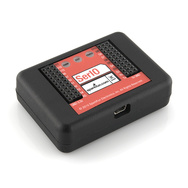
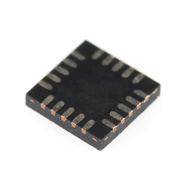
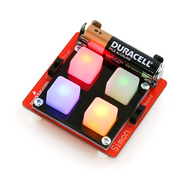
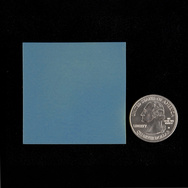
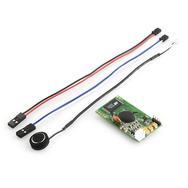
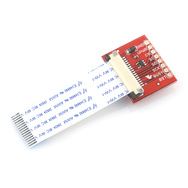
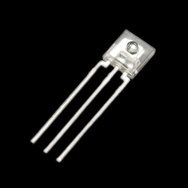
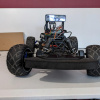






Quote:
"The TSL235R outputs a square wave (50% duty cycle) with frequency directly proportional to light intensity"
Next Quote:
"PWM output is easy to read into any microcontroller!"
If it's a constant 50% duty cycle, we can't have PWM as well!
Cheers
Sure, the duty cycle doesn't change, but the -Pulse Width- does! At 1 hz the pulse width would be .5 seconds, and at 2 hz the pulse width would be .25 seconds.
OK ... FM is a form of PWM ... sure, but it's not common practice to refer to FM as PWM. The 2 acronyms were created in the first place, so as not to create confusion. My point is that the product description does just that.
Is there any possibility of getting a breakout board for the Si4703, Si4705 or Si4749? Those are listed as QFN but they're non-standard and have pins in the corners so even those 100-200$ QFN adapters can't be used.
Of course! We usually post the bare IC first because we have it faster than we have the breakout board ready. We'll get it up as soon as possible.
Actually you don't have the Si4703, Si4705 nor Si4749 for sale, however they seems to be the most advanced/complete RDS/RBDS ICs on the market right now. However their non-standard QFN pinout makes them almost impossible to use.
I would be extremely happy to see SparkFun carry the Si4749 on a breakout board.
Dah! I thought you were referring to the new MPR121QR2 IC on the post. We'll take a look at the Si parts.
While your at it think a breakout board could be made for your camera product SEN-08667? It looks like quite a few could benefit from that.